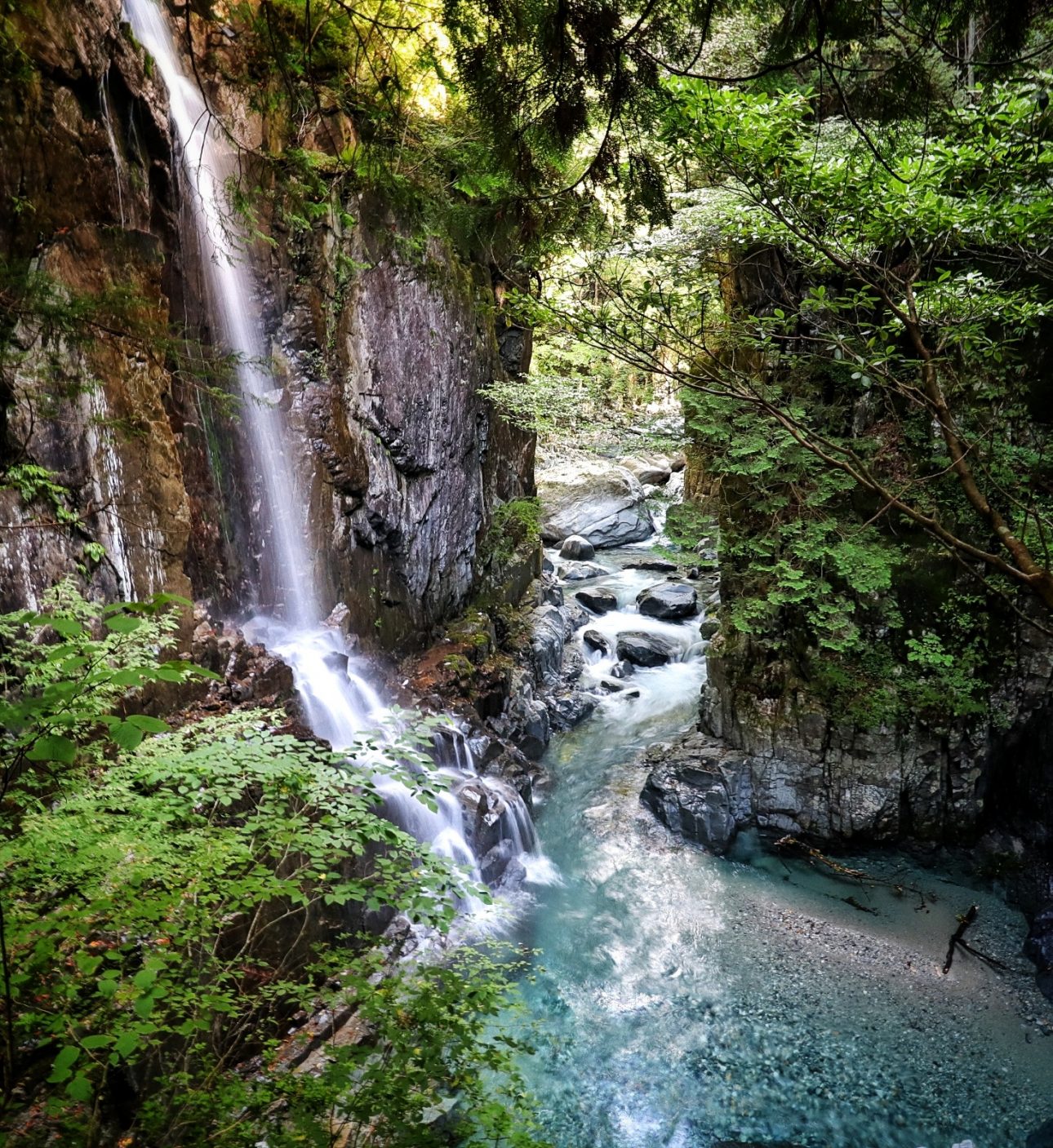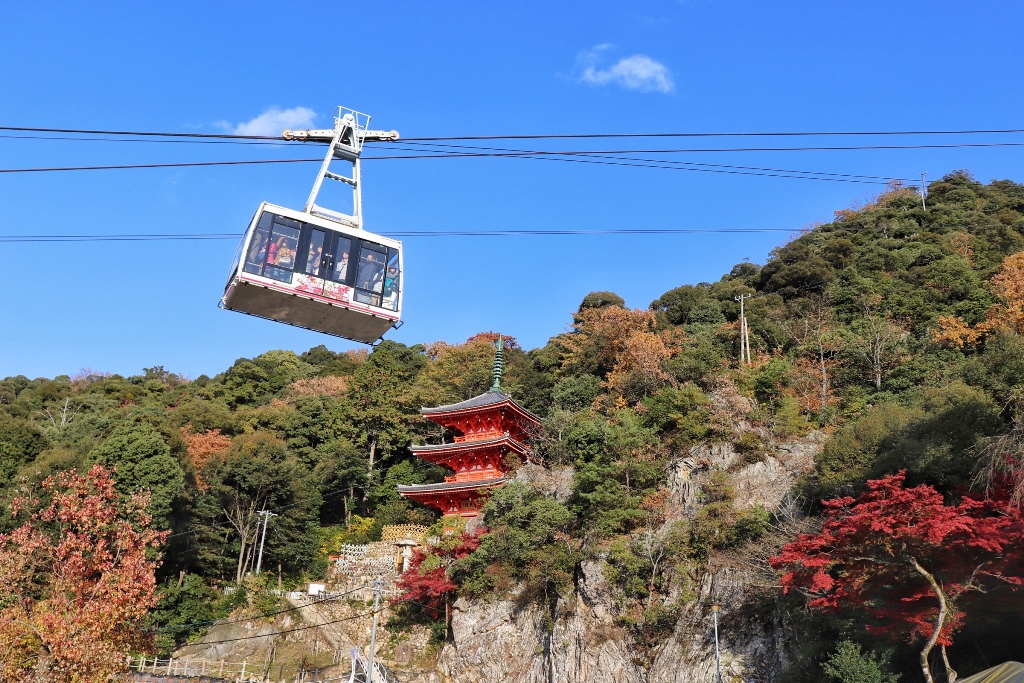Embark on a captivating journey through time and Experience Japanese culture with special moments rooted in the past
Gifu is steeped in centuries of history and tradition. Great warlords have risen and fallen here, their fates steering the course of Japanese history. Life moves on, but traditional streetscapes have survived in towns where the past and the present are inseparable. So too, certain traditional ways of doing things remain.
Experience Japanese culture come alive as arts and crafts flourish in Gifu’s rich heritage. The region is home to Seki blades, Mino washi (Japanese paper), Hida woodworking, Mino ware, indigo dyeing, and other crafts that have been passed down through generations of artisans—not merely preserved, but thriving and still an important aspect of local communities.
The same is true of other traditions. There’s Ji-Kabuki theater, where local amateur troupes put on a distinctive Gifu version of kabuki drama, and the 1,300-year-old method of using cormorants to catch ayu sweetfish. Known as ukai, only the cormorant fishing in the cities of Seki and Gifu is protected by the Imperial Household Agency of Japan. Experience Japanese culture come alive with iconic Gifu sights like ukai fishermen on the Nagara River at night, a glimpse into the region’s rich heritage and treasured moments from the past.
Mino Washi: 1,300 Years of Paper Making
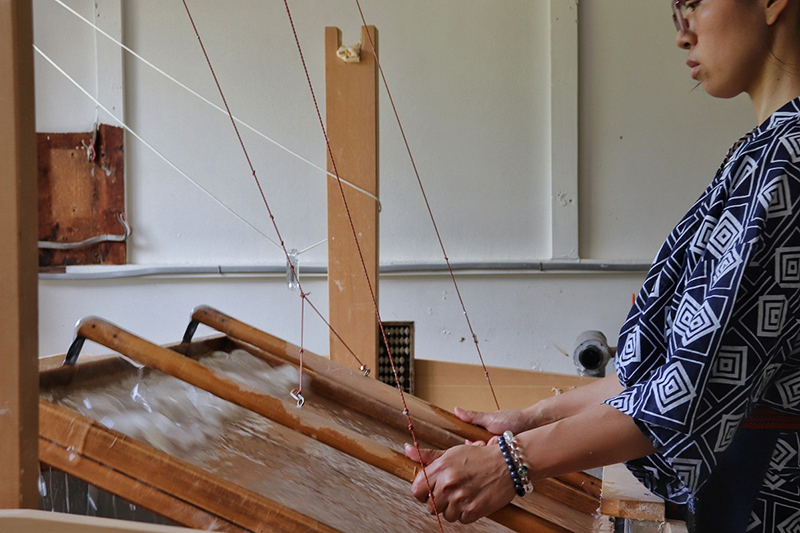
Paper making has been documented in southern Gifu as far back as the 700s, a time when that part of the region was known as Mino Province. Thirteen hundred years on, Mino washi paper is regarded as some of the finest in Japan and has been recognized internationally, with the production process of its highest-grade paper receiving UNESCO designation with two other washi varieties as an Intangible Cultural Heritage in 2014.
Made in its most traditional form with kozo mulberry and clear water from the Nagara River, Mino washi today has many uses. As you’ll discover if you visit the craft stores in the old quarter of Mino city or drop by the Mino Washi Museum, the paper’s resilience—and its aesthetic beauty—has seen it be applied to all sorts, from scroll printing, sliding screen doors and fans to business card cases, lamp shades and even clothing.
At the museum, you can also try making your own washi—it’s one of many hands-on workshops available in the area. Turning gloopy pulp into washi is a fun and slightly messy experience that ends with you getting to take home a sheet of your own paper and gain an understanding of just how much skill is involved in the Mino washi papermaking process.
The Art of Hida Woodcraft

Since the 700s, the Hida region in northern Gifu has had a reputation for wood crafting. Hida’s woodcrafters built such fine temples and shrines that the old Hida Province was exempted from paying taxes in return for dispatching a group of woodcrafters to the then-capital Nara. While there, they helped create some of the most famous historic structures remaining in Japan.
Handed down through generations, you can see the craftsmanship today in the ornate carvings on the floats at many of Gifu’s festivals, and in the traditional wooden buildings in Takayama’s old town. You see it in the handicrafts on sale at Takayama’s Miyagawa morning market and in craft shops around the region. Immerse in Japanese culture as Hida’s woodcrafters leave an indelible mark on Gifu’s artistic heritage.
While Hida woodcrafters are rooted in tradition, they are not stuck in the past. Whether working with cypress, cedar or beech, they also use their traditional techniques to shape contemporary creations. There are sleek lines of Hida furniture, kitchen utensils and much more. And it’s all made while ensuring craftsmen and forest continue to coexist.
Mino Ware: Japan’s Most Widespread Form of Ceramics

Of all Gifu’s rich and varied crafts, none have had an impact on Japan like Mino ware ceramics. Born more than 1,300 years ago, Mino ware now accounts for more than 50 percent of all ceramics made in Japan. Referring to pottery produced mainly in the southeastern Gifu cities of Tajimi, Toki, Mizunami and Kani, one of its modern-day features is that it isn’t confined to tight parameters. It can be made by hand on the smallest of scales or mass-produced in factories, and artisans in the region are known to apply their time-honored techniques to creating a diverse range of products and styles. Anything goes.
That said, there are certain styles that are distinctly Mino. The black finish of Setoguro, the light reddish tones of Shino, and the green-hued Oribe, which takes its name from 16th-century samurai and tea ceremony master Furuta Oribe, are all traditional Mino-ware standouts. At workshops around southeastern Gifu, you can try making your own version of Mino ware, or stop by kilns to learn about the varying approaches artisans take to their craft. And, of course, there are plenty of places to pick up a special Mino-ware souvenir or two as well.
Watch Gifu’s Traditional Ukai Cormorant Fishermen
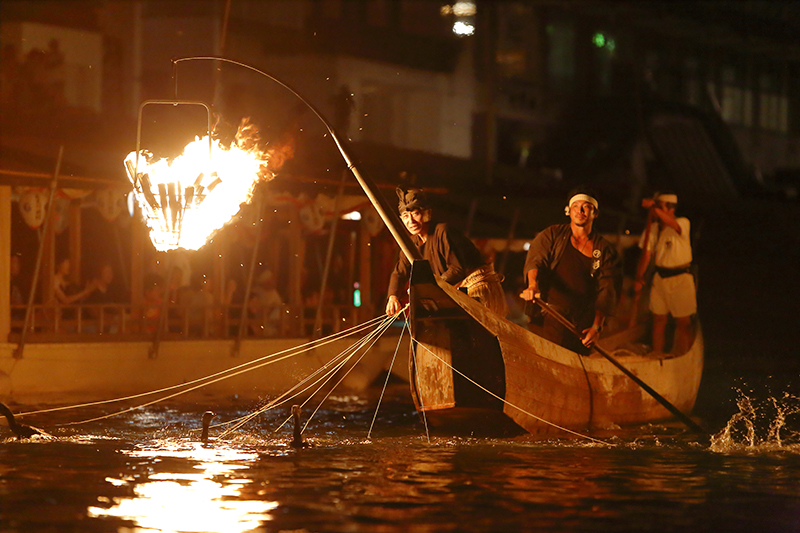
Every night from mid-May to mid-October, history plays out on the Nagara River. Embers and sparks flit from fiery lanterns hung from the bows of hand-carved fishing boats, casting orange trails across the water. At the hands of skilled fishermen, tethered cormorants dive into the Nagara’s flow, hunting for ayu sweetfish. This is ukai, a form of fishing that has continued in Gifu for 1,300 years thanks to generations of local river-preservation efforts.
Each boat is led by an usho, a head fisherman who controls roughly ten cormorants at a time with a system of strings. Since 1890, each usho in Gifu has been employed by the Imperial Household Agency to help preserve the ukai tradition. And each usho, though they only fish for half the year, has a year-round responsibility for his cormorants—training, tending and bonding with approximately 20 at any given time.
Nine boats still ply their trade on the Nagara, in the cities of Seki and Gifu, and anyone can watch them from the shore or from viewing boats on the river. But, if you can’t make it here during the fishing season, there’s also a museum full of interactive, multimedia exhibits that bring the ukai to life.
Sekigahara: The Battle that Shaped Japan
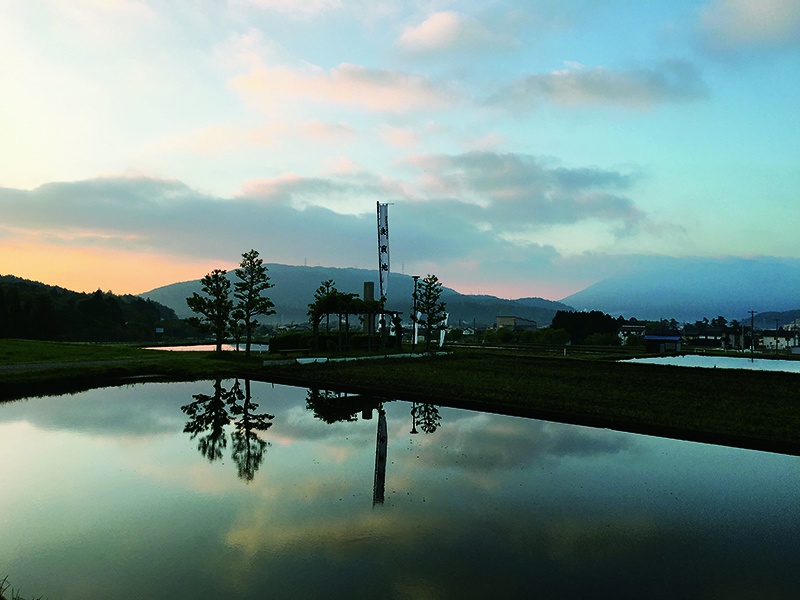
Look at a map of Japan’s mainland and Gifu prefecture almost bisects its center. For centuries that made the area that is now called Gifu the strategic key for any warlord wanting to exert influence over the nation.
On an October day in 1600, in the southwestern Gifu town of Sekigahara—then a dividing line between eastern and western Japanese culture—centuries of bloody struggle came to a head. Two armies clashed, the eastern forces of Tokugawa Ieyasu and the western forces of Ishida Mitsunari. Though outnumbered, Tokugawa triumphed and would go on to unify Japan, establishing the new government of Edo in 1603 and ushering in centuries of peace. Still the largest battle ever on Japanese soil, Sekigahara is now part of the World Battlefields Summit Joint Declaration with Gettysburg in the U.S. and Waterloo in Belgium.
Today, banners flit in the wind on the penultimate battle site in Sekigahara and at Tokugawa and Ishida’s encampments. There’s a tranquility that makes it hard to imagine the brutality that unfolded as more than 160,000 men did battle that day. For that, visit the new Sekigahara Memorial (open from July 2020), where you can get a sense of the battle’s vast scale and impact, with period armor and weaponry, virtual reality exhibits, and displays of excavated finds from the battlefield.
The Magic of Ji-Kabuki

Not many performers get cheers of encouragement when they fluff a line or money thrown at their feet on stage. That’s all part of the entertainment at Ji-Kabuki. A rural form of kabuki—a formal, theatrical art designated by UNESCO as an Intangible Cultural Heritage— Ji-Kabuki is casual, interactive and fun. Traditionally performed by commoners, nowhere is Ji-Kabuki as popular as it is in Gifu, where there are more than 30 Ji-Kabuki organizations keeping the art form alive at nine historic theaters in the region.
Although all Ji-Kabuki might look the same to the untrained eye—performed with elaborate facial makeup, exaggerated speech, and a combination of actors, narrator, and musicians in traditional costumes—there are a variety of plays in the Ji-Kabuki repertoire. Experience Japanese culture through captivating “sewamono” contemporary dramas portraying life in the Edo era, “jidaimono” period dramas of pre-Edo samurai tales, and mesmerizing “buyo” dance dramas.
You know an art form has been around for a long time when “contemporary” means something set in the 1600s. But what you might not know watching Ji-Kabuki is that it is all performed by amateurs—by locals, for anyone.














